Filtering Water in Nature
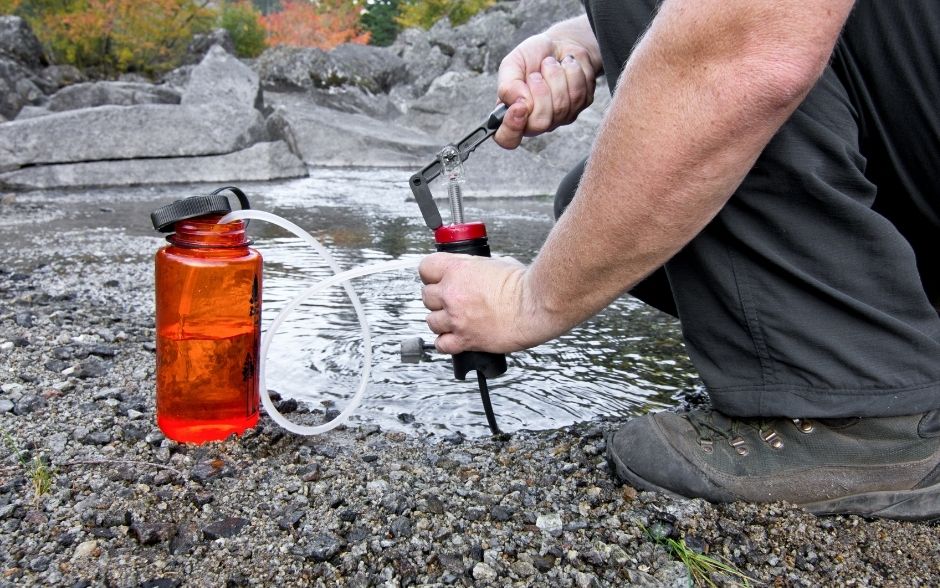
Preparation is key to survival in the outdoors. Human beings can survive days without food or shelter, but water is a different story. Which is why you’re proactively learning how to survive in that event of water supply depletion and/or back up filtration failure.
Before we dive into nature’s natural filtration systems, we should talk about the importance of packing enough water for your your hike plus 20%. That’s right, don’t just pack enough for your hike but go ahead and enter the land of overkill. This does three things for you: first it supplies you with enough water to keep hydrated and some reserves in case your buddy isn’t a great boy/girl scout. Second, it provides you with a buffer in case you get lost. Lastly, it provides you with a bit extra pack weight so your endurance and fitness training accelerates quicker (your welcome, calves).
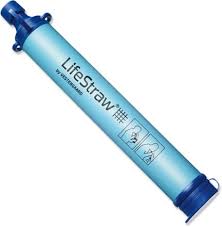 DAYPACK
DAYPACK
Filtrations systems you should always keep in your daypacks. There is no good explanation for why you should’t always carry something small that can provide you with that chemical molecule that we require, H20. Items like the Lifestraw weigh only 2 ounces, cost just $14 bucks and can filter 4,000 liters before the filter becomes less effective. Ok, now that we got that out of the way let’s get into finding your water source and filtering your water when/if your filters fail.
FINDING A WATER SOURCE
Before you can disinfect/filter the water, you have to find it. Unless you’re able to distill the water (which we’ll talk about later) you need to find a freshwater source like streams, creeks, lakes, and ponds. Dire times call for creativity. You can source fresh water from rain, snow, sleet, ice, and even dew! Some of these sources don’t even need to be filtered. Take fresh rainfall, for example. As long as it fell straight to your collection reservoir and not through a forest canopy it’s ready to drink! New snow is also ready for consumption (once melted). Also, Water issuing from springs and other underground sources can also be safe in most areas.
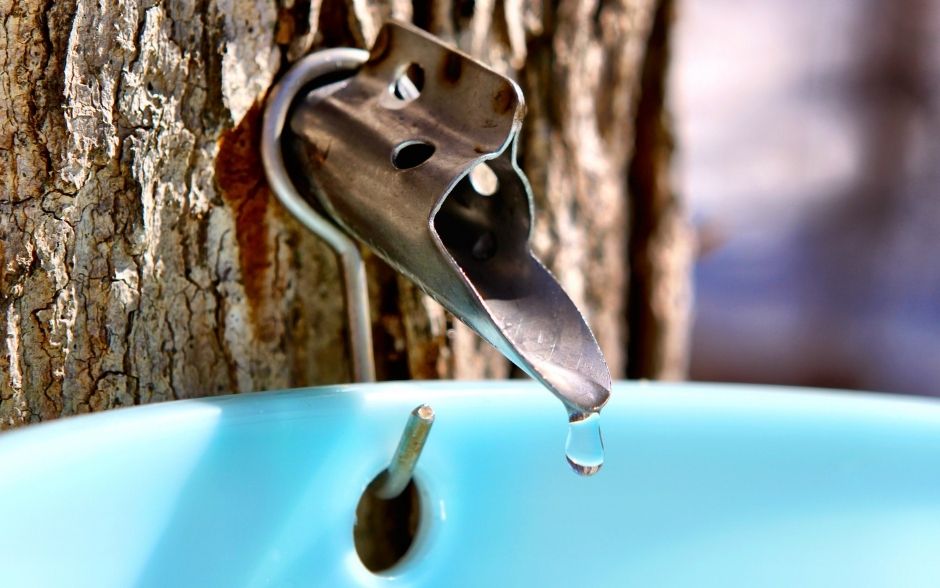
TAPPING TREES (seasonal survival tactic)
Maples and Birch trees can provide safe and abundant water in late winter if you know how to access it. Depending on the weather and your latitude, you will have trees with running sap between January and early March. Some of these trees can be sources of water or calories if you’re in survival mode.
The common Maple tree has a watery sap that is usually boiled down into a syrup but taken right from the tree is an incredible source of rehydration. The sap can be tapped by boring a hole in any maple tree (except the Norway maple, which has milky sap). Borrow the hole through the bark, about an inch and a half into the sapwood, angling the hole upward. Insert a tube, straw, or hollowed stick and allow the watery sap to drip into a container.
* Advanced tip: The sap flows best on the south side of the tree, due to the most sun exposure. For fastest water yield create multiple taps. You can insert one tap for each foot of the tree's diameter without hurting the tree.
EVAPORATION TRAP
This method is pretty slow to yield substantial amounts of water, unless you’re in a tropical region. However, if you’re in it for the long haul (Gilligan's Island style) it’s worth it.
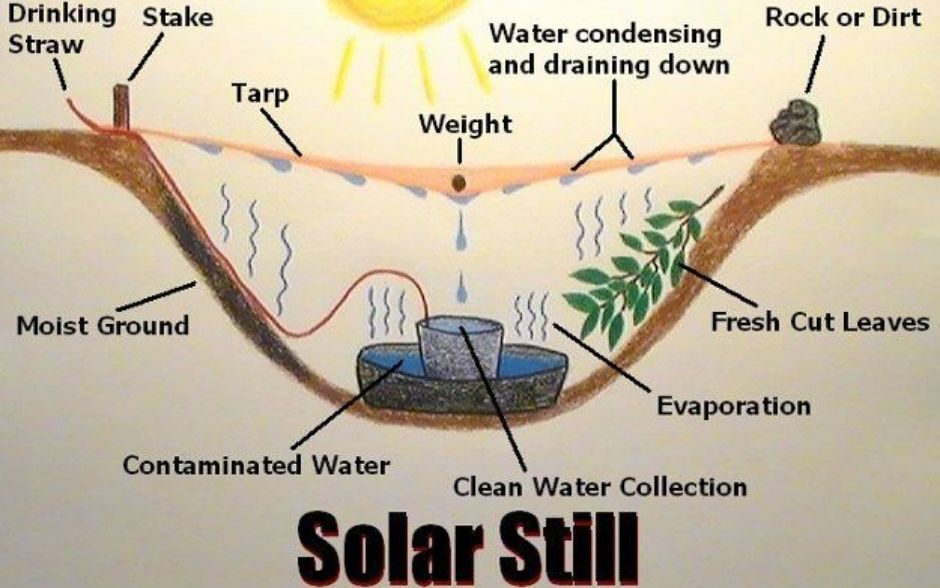
1. Pick an area of ground that gets a lot of sunlight.
2. Dig a shallow hole, deep enough to fit a water bottle at the bottom. Place said bottle at the bottom and make sure no dirt gets into the container when it is placed.
3. Cover the hole with plastic wrap (possibly the rain fly from your tent or a rain cover for your pack) to trap moisture coming from the ground. Secure the borders with heavy rocks so the tarp doesn’t fall into the hole.
4. Place a small rock in the middle of the plastic wrap just above the water container to form a dip to help direct the condensation.
5. Watch the sun evaporate the moisture from the soil which then hit the plastic wrap, condense, and drip back to the container. Voilà – purified water!
FILTERING WATER
Boiling
The most reliable way to kill all the critters and other pathogens in water is to boil it. A hard boil for five minutes should do the trick to kill most organisms. No stove? No problem. Start a fire and heat some rocks for about half an hour. Then place them into your water container, whether that be a bottle, a hide, a depression in a boulder, a hollowed coconut shell, etc.
SODIS
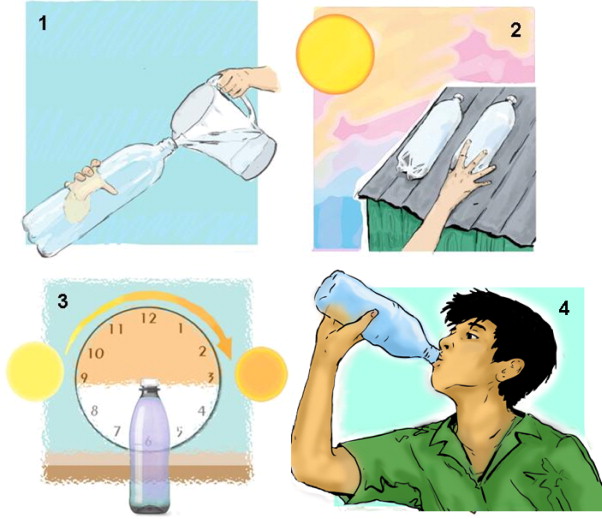 Solar water disinfection (SODIS for short) is a solar powered water treatment method. Simply take exposed plastic bottles and fill them with unfiltered water. Afterwards, lie them in the sun and allow them to bake like a lizard for a minimum of one day. The sun’s UV light kills or damages most biological hazards. The standouts of this method is its clear— it’s simplicity, and the expensive, or lack of one.
Solar water disinfection (SODIS for short) is a solar powered water treatment method. Simply take exposed plastic bottles and fill them with unfiltered water. Afterwards, lie them in the sun and allow them to bake like a lizard for a minimum of one day. The sun’s UV light kills or damages most biological hazards. The standouts of this method is its clear— it’s simplicity, and the expensive, or lack of one.
There are some drawbacks. If the sun’s not out, you won’t have enough UV critter-killer power to do the trick. Your time to disinfect can easily double with an overcast sky. It doesn't work at all in the rain, but then again, you should be capturing the rain and drinking it straight away in that case.
In the end, “It’s better to be alive and sickened with pathogens, than dead and pathogen-free.” ~ Tim MacWelch. If death from dehydration is near, and you cannot treat the water, drink it anyway.